Pricing a SaaS: Models, Strategies & Hacks
Read about the importance of pricing SaaS products. Learn about SaaS pricing models and strategies some hacks as a bonus to refine your SaaS pricing process.

Pricing is the key component of any successful business model, especially in a SaaS (Software as a Service) company. SaaS products generate recurring revenue which makes SaaS pricing altogether different from the traditional product pricing strategies. And yet, it is not uncommon for SaaS enterprises to overlook the need to invest in strong pricing strategies and the SaaS metrics affected by the price of a SaaS product. In fact, a study shows that the average SaaS company spends just 6 hours on its pricing strategy.
Yoav Shapira, Director of Engineering at Facebook says - “#1 tip for pricing strategy is to treat it as an experiment.”
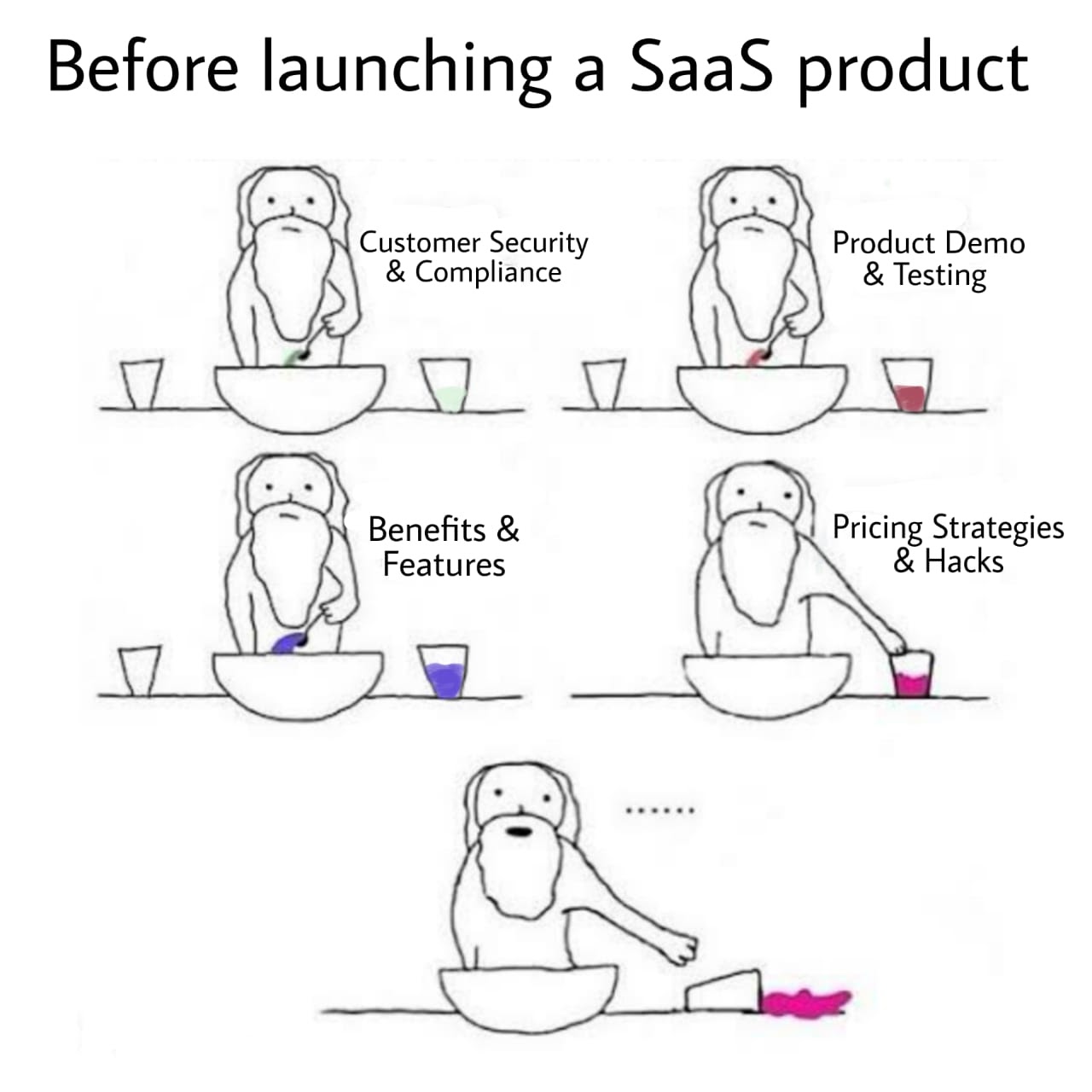
Most Common Challenges of SaaS Pricing
Price Discrimination Problem
A run-of-the-mill problem is coming up with a pricing model that caters to the demands of the diverse customer base. Say, different financial capacity, service requirements, team size, usage etc.
Fear of Failure
Companies tend to use knee-jerk pricing when launching their products. Sometimes, they price their product too low to acquire more leads. This makes it difficult to escalate prices without affecting the customer response later. They get too scared to refresh their pricing strategies due to fear of losing the curated customer base.
Sustaining Competition While Gaining Customer Value
SaaS companies need a pricing strategy that gives them an edge in competition on the one hand and get customers to believe in their product and its value on the other hand.
Thus, it is safe to say that with these possible challenges posed in the pricing process, one must ensure an in-depth analysis of their pricing strategy. Let’s delve into various SaaS pricing models and pricing strategies with some pricing hacks as a bonus.
Most Common SaaS Pricing Models
SaaS pricing models help you decide how you want to package your services for the users. Selecting a SaaS pricing model is pivoted on factors like - target audience, product features, buyers’ persona, competition, brand value etc. Here’s an overview of the SaaS pricing models and pricing pages:
Flat-rate pricing model
It is a one-tier pricing strategy and has a fixed predetermined price for everyone and everything. It is the ideal strategy when your product is of a one-size-fits-all type. Superhuman - claimed to be the fastest email experience ever made - has opted for a flat-rate pricing model. While the model is simpler to communicate, sell and understand, it is losing its effectiveness for SaaS businesses due to diversified needs and demands. It might be profitable to sell one-price-for-all-rides tickets at an amusement park or a fixed subscription rate for a print magazine. But using flat pricing in SaaS can get tricky.
Tiered pricing model
This model involves multiple pricing tiers each defined with a different feature set. The customer can select the most suitable package as per requirement. It is an incremental pricing scheme wherein the customers need to jump to higher tiers to enjoy the advanced features of the product. Hubspot is a popular tool for modern marketers to grow their business that uses tiered pricing. Tiered pricing has a striking advantage as it allows users to evaluate their user experience at each tier and choose the most suited plans. On the other hand, tier pricing requires planning in making tiers and its complex nature can drive off customers to simpler pricing.

Usage-based pricing model
A pricing model that fits into any customer’s budget, usage-based pricing is a simple, pay-as-you-use scheme. The customers do not have to pay for a service they are not availing and are empowered to use desirable features. An example of usage-based pricing is Zapier which charges users based on the number of Zaps needed. This pricing scheme is attractive to the customers but generates an unsure revenue for the company due to a diverse user base, thus causing peaks and valleys in the revenue graph.
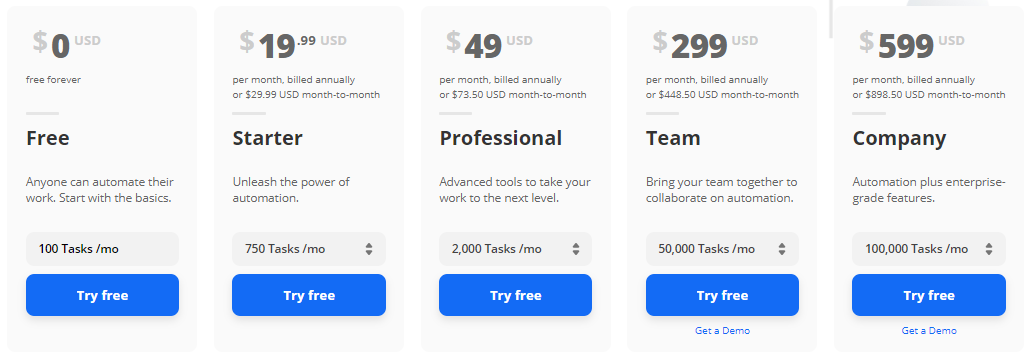
Per-user-based pricing model
It involves charging enterprises in terms of the number of employees using the service. It creates a hassle-free environment on both client and server ends. One can adopt this model when the SaaS product price tends to be expensive and could benefit companies when charged as per the number of accounts logged in rather than the number of employees. An example is Canva, an online graphic designing tool to create engaging content. It spreads across an organisation easily but some companies adopt cheating tactics by multiple logins in a single account.

Per feature pricing model
The model is based on the pay-for-features-used schema. The pricing plan offers a wider range of services as you progress to the higher tiers. As users face newer problems, they upgrade their plans to gain access to smarter features. ActiveCampaign, a platform to market automation processes, uses this pricing model. This model requires an understanding of user personas to identify their demands and incorporate them accordingly in your pricing plans.
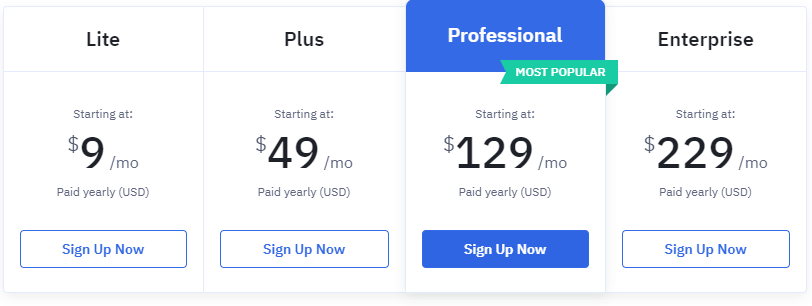
Freemium pricing model
With an attempt to lure users into using your product, it allows a certain amount of usage for free. This is to hook them to your product and lure them into the paid plans. A relatable everyday example of this scheme includes Zoom. The freemium pricing model can help you acquire a customer base more quickly and gets access to a customer database. But the freebies usually tend to exploit the freemium services.
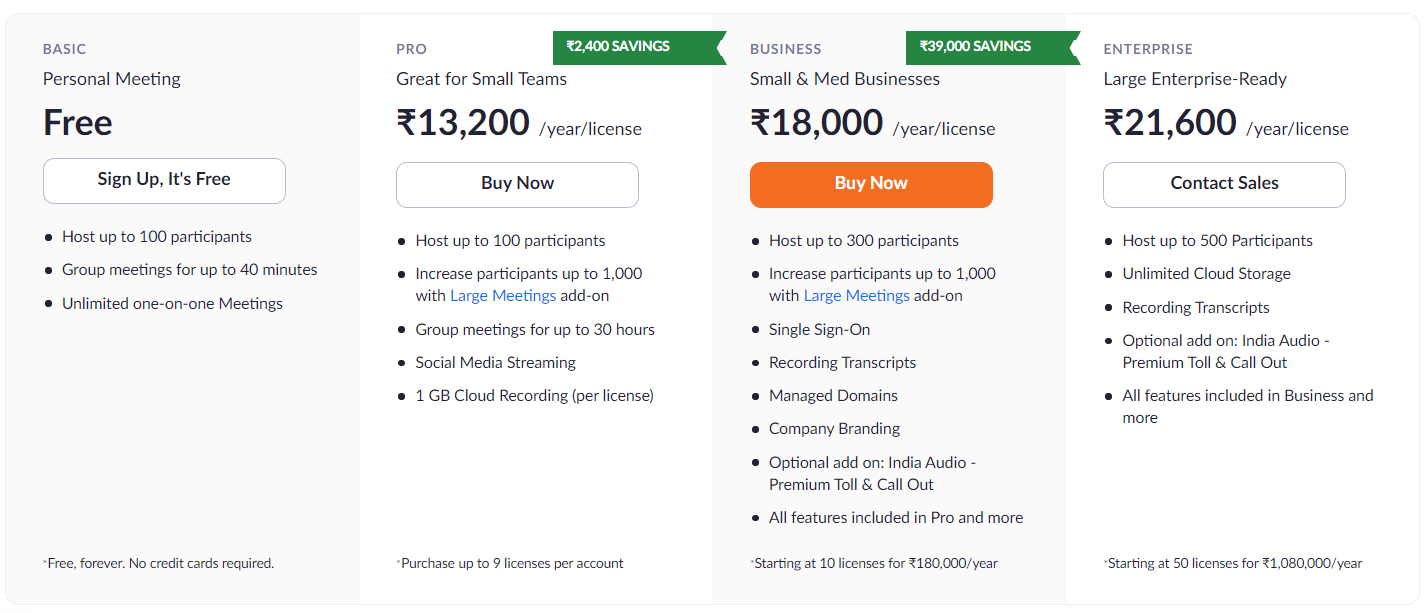
Per active user pricing model
The whole team is allowed to adopt the product service but only the active members are charged for the service. An enterprise can enroll all its team members for the service but only the ones who use it are charged which saves the cost of unused accounts. Slack, a modern optimised messaging service used by business people to stay connected for information, is a great example of per active user pricing. This scheme entrusts organisations to adopt your services but smaller enterprises do not benefit much from this pricing model.
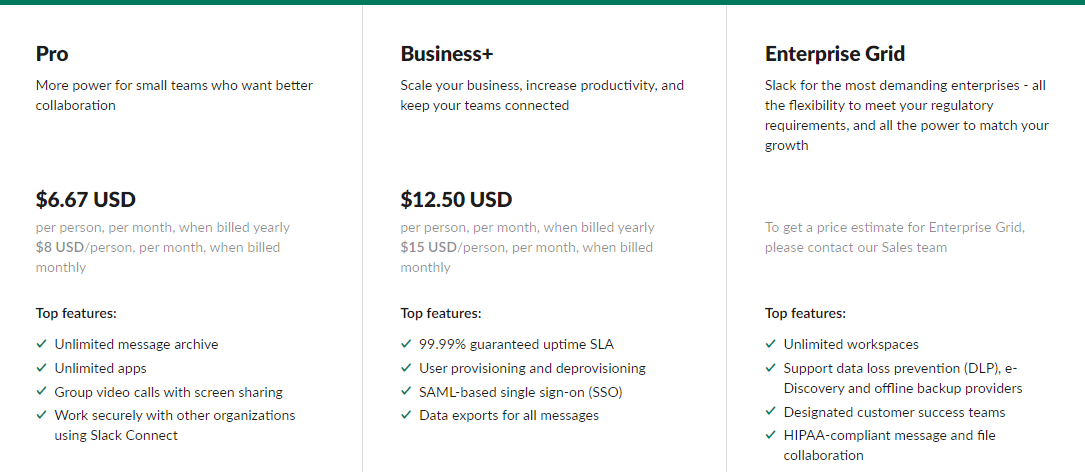
SaaS Pricing Strategies To Implement
Let us discuss some of the pricing strategies driven by competition and market:
Competitor-based pricing
It is driven by one simple factor - the prices set by the competitors in the market. Your price majorly revolves around that of your competitors. This means you adopt their pricing strategies. Thus, you have lesser control over pricing and pass over the scope of better pricing.
Penetration pricing
It is a long-term pricing technique as it simply prices products at prices lower than those of your competitors. This is to help you dig your roots in the market and then slowly escalate your profits. You can get access to a customer base, gain customer value for your product and then work on raising prices without losing paying customers.
Cost-plus pricing
It is a pretty simple yet tricky technique. You just use a price that covers all your costs and has a certain margin. You need to be careful in this pricing as you might end up demanding too much or too little just to cover your costs, ignoring the true value of your product in the market.
Value-based pricing
This is a very optimal pricing strategy. It requires understanding the buyers’ persona to identify their demands, see through their perspectives and price your product accordingly. It is about realising how much a customer might value your product and pay for it without an unfair feeling.
Learnings and Tips for SaaS Pricing
The market in which the product is to be launched - driven by parameters like target audience, competition, rise and fall of demands, etc. - plays a pivotal role in determining the price of your SaaS product. Here are some pointers to refine the process of SaaS pricing:
1# Losing 10-20% of your customer base is a sign that you have priced your products optimally. If you are not losing customers at all, you have not priced it to the right value and are leaving money on the table.
2# try to think from the users’ perspective as to how they will use the product, what value they will believe it to have, and what keeps them hooked to the services fair and square.
3# A customer is not attracted to a particular product unless it has something different to offer or is comparatively cheaper than other products. Offering exclusive services keeps your demands up and entitles you to increase your product’s price.
4# A versatile product optimised for use by a diverse customer base is adopted with secured feelings of investment.
5# Using SaaS pricing tools and products helps you keep your SaaS business in a good shape. (Read more here)
Bonus
Change is inevitable, growth is not. Pricing has a worthwhile contribution to the success of a SaaS product. It is worthy to take into consideration any factors that remotely affect the price of your SaaS product. You should review your pricing strategies, at least biannually, to make viable profits from your product. Use the SaaS metrics calculator to estimate the profits your product will generate at your price and customer count.
The five essential SaaS metrics one could consider are:
1. Monthly Recurring Revenue
MRR is simply the revenue predicted by the company to earn every month. This is one of the best estimations to realise your monthly earnings. Read this article by Chargebee to learn to set up recurring payments for your SaaS business.
2. Customer Lifetime Value
CLV is the amount of money expected from a customer to contribute to your net profit for the lifetime duration of your customer relationship.
3. Customer Acquisition Cost
CAC is the cost of converting a potential lead to a customer in addition to the sales and marketing expenses you incurred.
4. Customer Churn Rate
It is the rate at which customers cancel their subscriptions to your product. In simpler words, the rate at which your company loses customers.
5. Annual Recurring Revenue
ARR is the revenue predicted by the company to earn yearly. It helps you analyse your growth at a macro level.
Read more about top 10 SaaS metrics to track your business.
Know your product, brand value, market conditions and competitors to know the right fit for your SaaS product in terms of pricing.











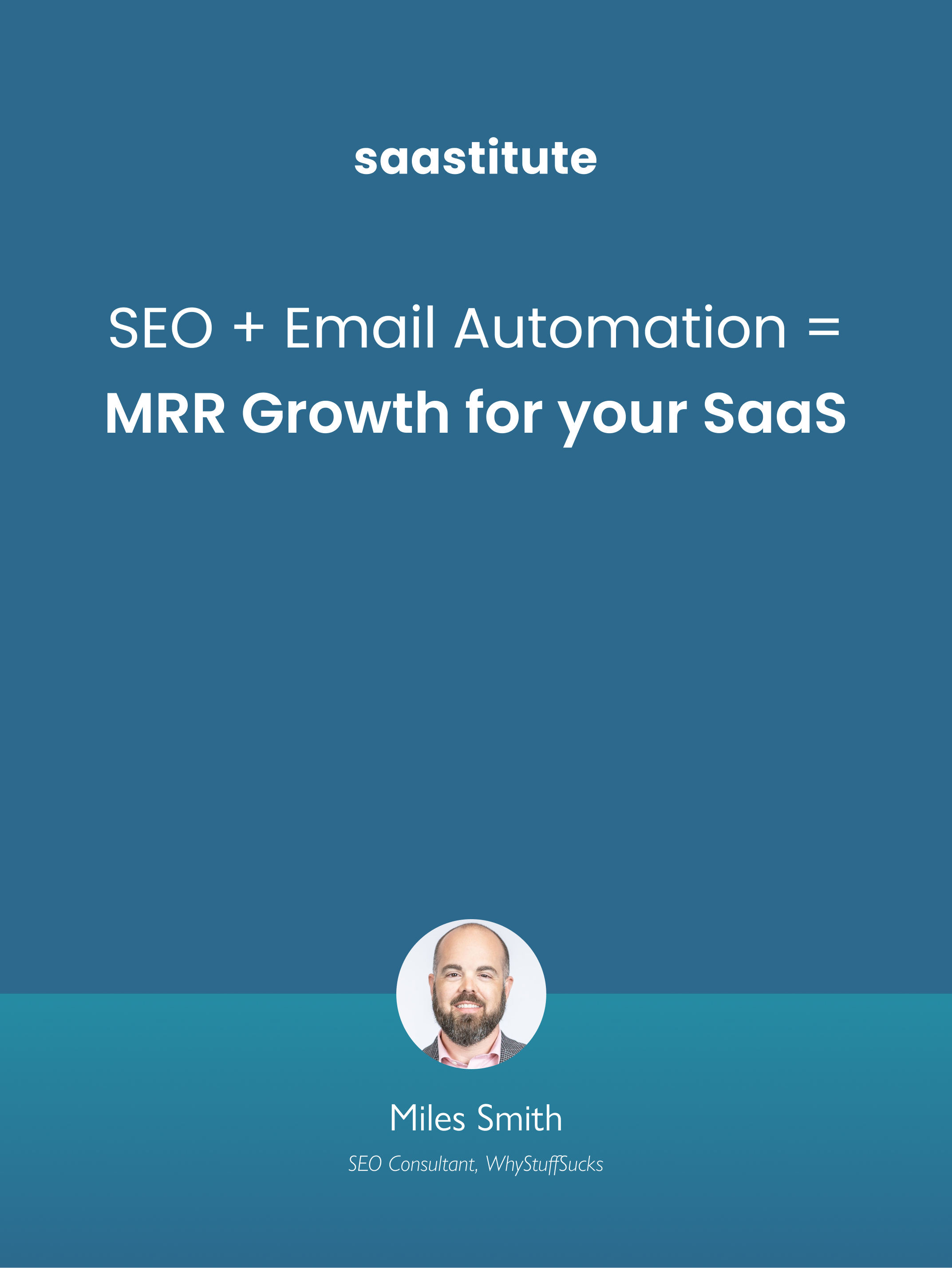

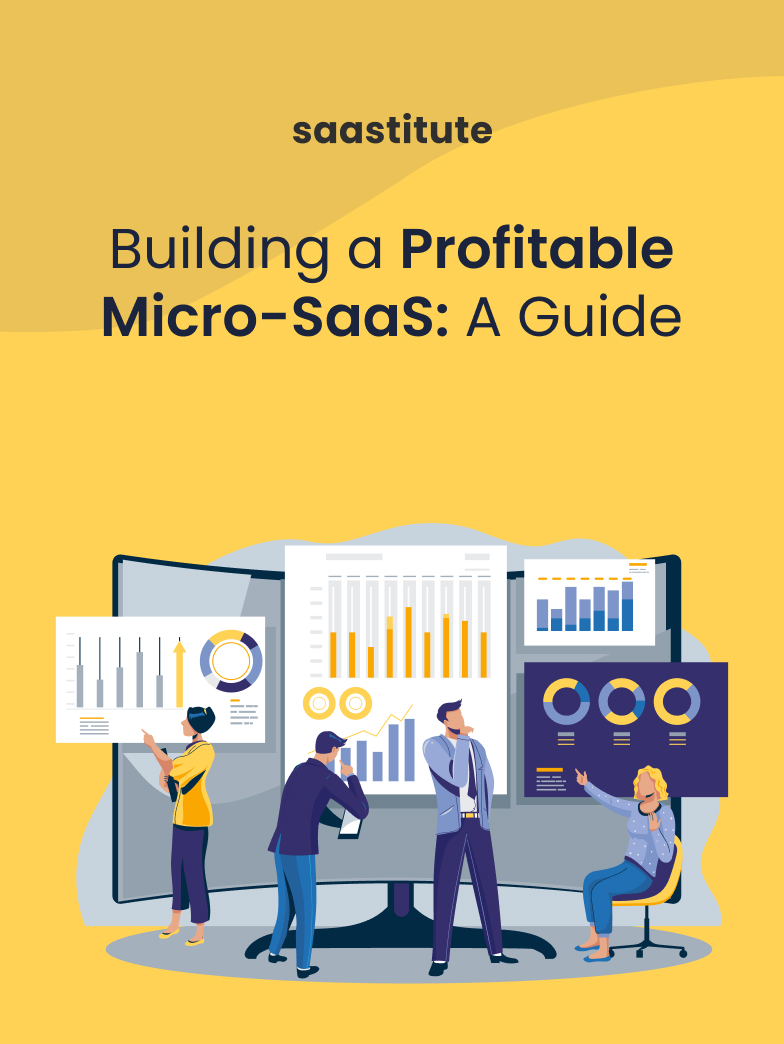
.svg)


